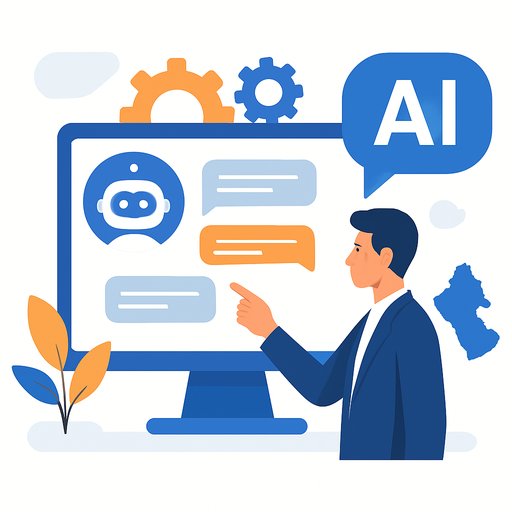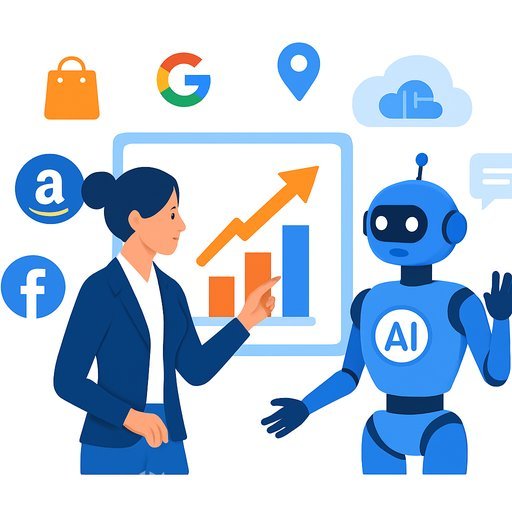How NewDay Turned AI Into Clear Gains for Customer Support
NewDay, a leading financial services company and CVC portfolio company, rolled out an AI support solution that changes how its contact center operates. It now supports 2.5 million calls per year, trims an average of 30 seconds per call, and manages an extra 600,000 calls. That time savings equals the capacity of roughly 10 full-time employees. The result: faster responses, fewer bottlenecks, and better customer experiences.
What changed
- 2.5 million annual calls supported by the system.
- 30 seconds saved per call on average.
- Capacity unlocked equals about 10 FTEs.
- 600,000 additional calls handled by the technology.
Why this matters for support leaders
- Lower average handle time without sacrificing quality.
- More capacity without immediate headcount increases.
- Faster onboarding for new joiners with live guidance on calls.
- More consistent service delivery across agents and queues.
- Shorter wait times and quicker resolutions for customers.
How it helps agents in the moment
The system delivers instant support during live interactions. Agents get quick access to the right steps and policies, which removes guesswork and reduces hold time. That consistency carries through to new team members, shortening the ramp to proficiency.
- Faster answers to common questions and procedures.
- Guidance that reduces transfers and rework.
- Prompts that keep calls compliant and on-track.
Estimate the impact for your team
Run a quick back-of-the-napkin check. Multiply your annual call volume by 0.5 minutes (30 seconds) to get minutes saved, then divide by 60 for hours.
- Example: 1,000,000 calls x 0.5 minutes = 500,000 minutes saved ≈ 8,333 hours.
- Assuming 2,000 productive hours per FTE/year, that's about 4 FTEs worth of capacity.
If call volumes or handle times vary by queue, apply the math per queue to see where AI assist creates the most value. For more on AHT as a metric, see ICMI's overview here.
Implementation checklist
- Map your top call drivers and start with the highest-volume, high-friction ones.
- Audit knowledge articles for clarity, accuracy, and findability.
- Integrate with telephony and CRM to surface context without extra clicks.
- Define how suggestions appear in-agent (clear, brief, and actionable).
- Track AHT, first contact resolution, CSAT, and agent adoption from day one.
- Set a feedback loop so agents can flag gaps and improve guidance fast.
Onboarding and quality
New joiners get real-time prompts that reduce uncertainty on early calls. That shortens ramp time and keeps service quality steady across shifts and locations. QA can then focus more on coaching and less on catching preventable mistakes.
Risks and safeguards
- Protect sensitive data with proper redaction and access controls.
- Keep suggestions explainable-show the source policy or article.
- Review outcomes regularly to avoid drift and knowledge decay.
- Train agents on when to trust, verify, or escalate beyond the system.
Next steps
If you're planning similar capabilities, align stakeholders early (support ops, IT, risk, QA), pilot on one or two call types, and measure relentlessly. For practical upskilling on AI in customer operations, explore role-based learning paths at Complete AI Training.
Your membership also unlocks:





